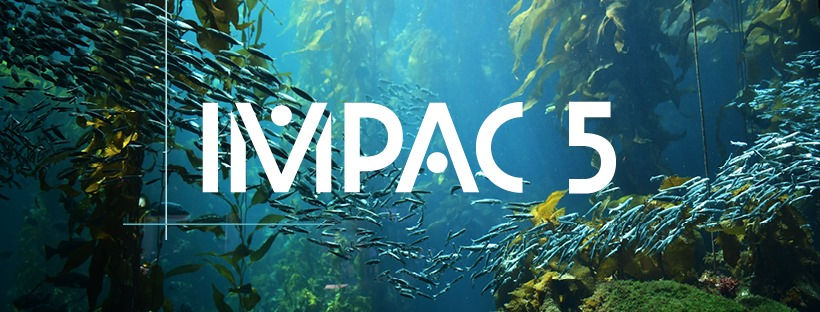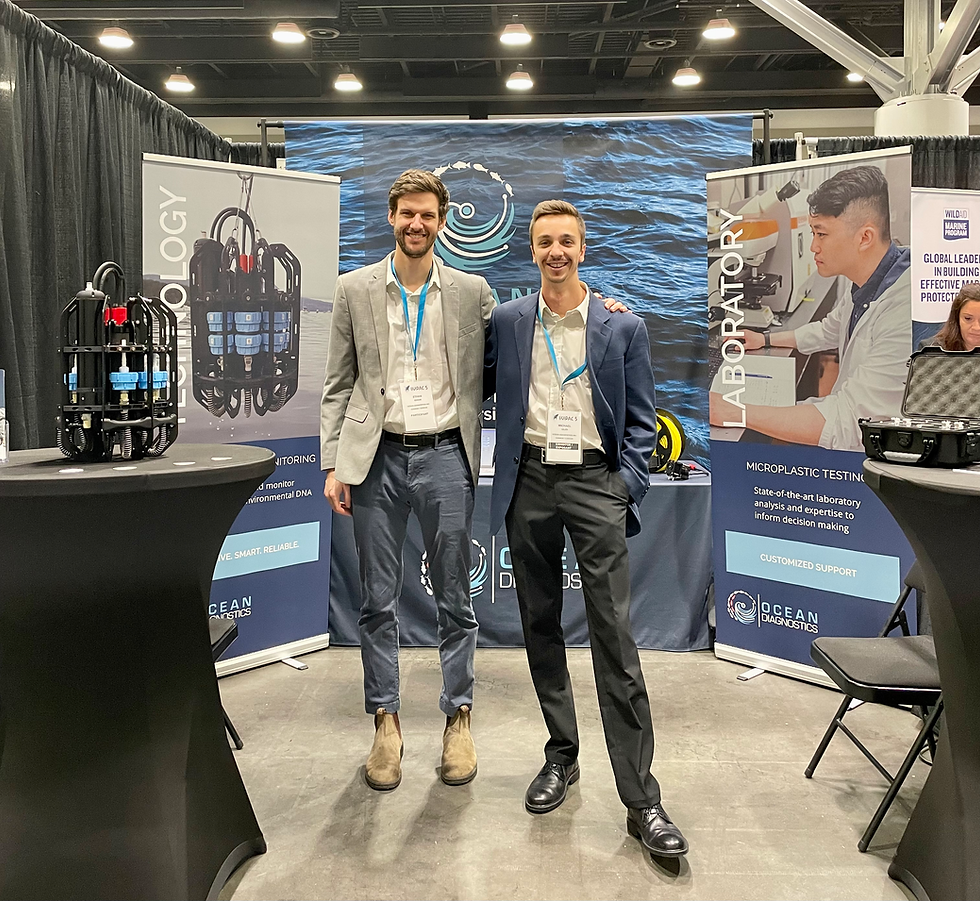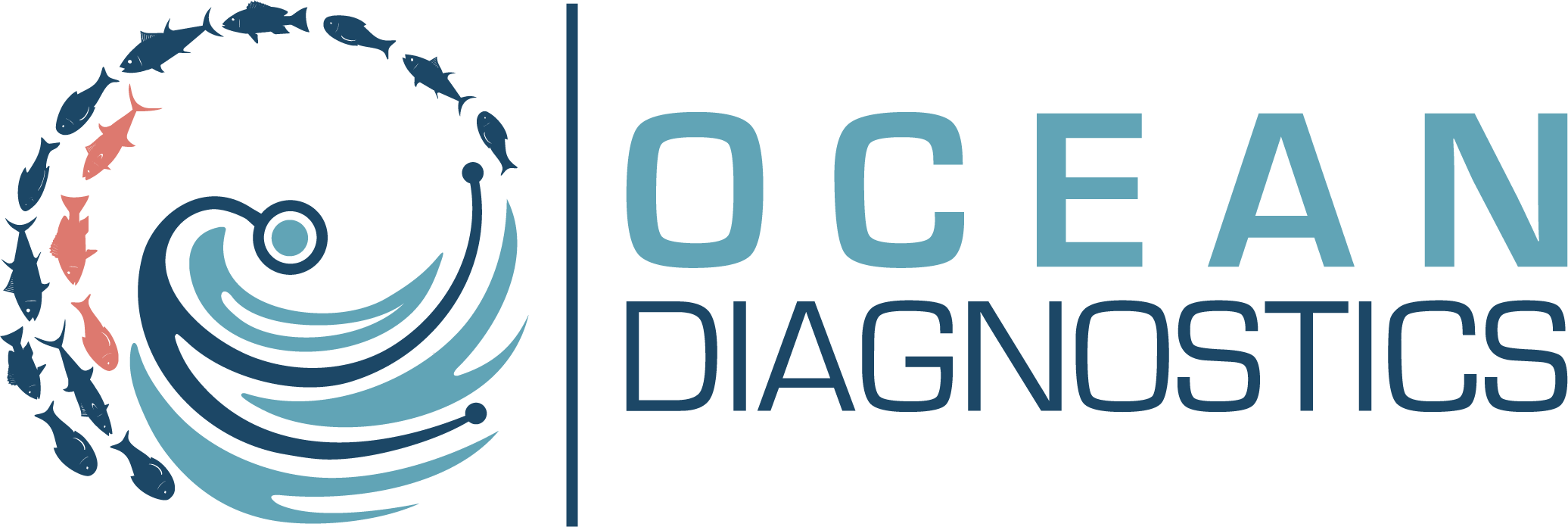IMPAC5 Advances Ocean Conservation
10 Positive Outcomes for Global Marine Protection Areas

Last Wednesday marked the end of the 5th International Marine Protected Areas Congress (IMPAC5), a weeklong event that brought global marine conservation managers, researchers and decision-makers to Vancouver, Canada. Participants exchanged knowledge, experience and best practices to collectively strengthen marine biodiversity conservation and protect the natural and cultural heritage of the ocean.
The conference addressed major ocean issues, including the need for efficient management and enforcement of Marine Protected Areas (MPAs), areas that are legally protected and managed to achieve long-term conservation goals. Effectively managing an MPA is very difficult given its size, abundance and diversity of species. It requires a lot of manual effort to properly protect, but this effort is needed to safeguard these vulnerable areas.
The week included some major wins and announcements:
-
15 First Nations and the Government of Canada and British Columbia announced the MPA Network Action Plan for the Northern Shelf Bioregion, a globally unique ecosystem off of the Pacific West Coast.
-
Indigenous communities played a significant role in the planning and delivery of the congress and in leading many of the conversations and announcements.
-
Youth and science literacy was at the front stage of the conference, with many side events empowering youth leaders.
-
Canada announced a moratorium on deep-sea mining until more work is done to understand its potential impacts on the environment.
-
Canada also announced new standards for MPAs, which is an important step to ensuring MPAs are not just "paper parks" but deliver real biodiversity benefits.
-
Members of the Hawaiian and Rapa Nui community announced a sisterhood agreement between Papahānaumokuākea Marine National Monument and the Rapa Nui marine protected area.
-
Markus Knigge, Executive Director, Blue Action Fund, announced the next call for proposals looking to invest 20 million euros in MPAs and coastal communities in the Asia-Pacific region.
-
Canada announced their pathway to 25% conservation of marine and coastal areas by 2025, which aids in the 30 by 30 goals.
-
Representatives from various Mission Blue Hope Spots worldwide highlighted the progress and future needs for their respective areas.
-
Exhibitors showcased innovative tools and technology to monitor and protect MPAs and the global ocean.
“It was inspiring to hear from some of my conservation heroes, such as Sylvia Earle from Mission Blue and Cristina Mittermeier from National Geographic and Sea Legacy on the work that is being done to protect our blue planet and how we can continue to work towards our collective future goals,” says Ocean Diagnostics CEO, Co-Founder and IMPAC5 attendee, Ethan Edson.
There was also buzz around the conference about the use of eDNA as a new tool for monitoring programs. The non-invasive sampling technique is attractive to many MPA managers, as it allows for a better understanding of the presence or absence of target species and enables more effective monitoring of biodiversity in general.
“I am quite excited about the application of eDNA as a tool to measure biodiversity, the presence of endangered and invasive species, and to discover new species in parts of the ocean that we have never explored,” says Ethan.
Among the exhibitors, Ocean Diagnostics showcased the new microplastics and eDNA monitoring technology to explore their use in Marine Protected Areas (MPAs). The rapid eDNA sampling tools caught the attention of attendees, who are eager to use non-invasive eDNA sampling to monitor and increase biodiversity in their MPAs.

Ethan Edson also had the chance to discuss how new technologies can contribute to more effective MPAs as a panel speaker for “Domain Awareness for Ocean Conservation – Sensors, eDNA, AI."
“I believe to protect and ensure the success of MPAs in the future, we will need to rely on sensors, remote sensing, and enabling genomic technologies and continue to innovate as leaders in this new and exciting space of conservation technology,” says Ethan.
Plastics and microplastics were a topic among the conference constituents as well. Microplastics monitoring tools were also of interest to attendees given their impact on wildlife, especially in remote locations with iconic and culturally significant species.
IMPAC5 brought together global stakeholders in marine conservation working to protect 30% of the ocean by 2030. The plans and agreements developed at the conference are a testament to the importance of a global, collaborative approach to protect our oceans.

Ocean Diagnostics Inc. (ODI) is a Victoria, B.C.-based environmental impact company that diagnoses and protects our planet from the threats of plastic pollution and biodiversity loss. Through innovative technology, cutting-edge laboratory capabilities and collaborative partnerships, ODI enables scientists and the public to collect the data needed to influence local and global solutions.
